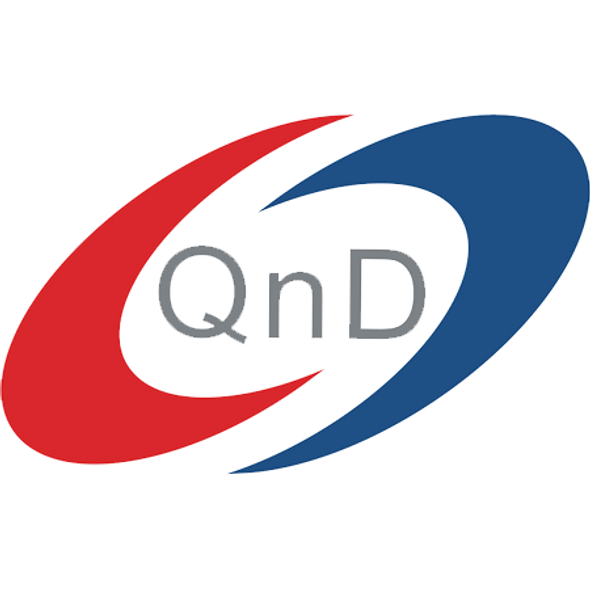Feiyuebio
PAF(Platelet Activating Factor) ELISA Kit
- SKU:
- FY-EU4181
- Weight:
- 0 KGS
- Shipping:
- Calculated at Checkout
Description
PAF(Platelet Activating Factor) ELISA Kit Basic Information
|
Product Name |
PAF(Platelet Activating Factor) ELISA Kit |
|
Catalog NO. |
FY-EU4181 |
|
Alias |
Platelet Activating Factor |
|
Size |
48T, 96T |
|
Storage |
2-8 ℃ for 6 months |
|
Sensitivity |
<0.094ng/ml |
|
Species |
Universal |
|
CV %() |
Intra-Assay: CV<8% |
|
Note |
For Research Use Only |
Feiyue’s PAF is an ELISA reagent for detection of Human PAF in serum, plasma or cell with sensitivity, specificity and consistency.
PAF(Platelet Activating Factor) Introduciton
Platelet-activating factor, also known as PAF, PAF-acether or AGEPC (acetyl-glyceryl-ether-phosphorylcholine), is a potent phospholipid activator and mediator of many leukocyte functions, platelet aggregation and degranulation, inflammation, and anaphylaxis. It is also involved in changes to vascular permeability, the oxidative burst, chemotaxis of leukocytes, as well as augmentation of arachidonic acid metabolism in phagocytes. PAF is produced by a variety of cells, but especially those involved in host defense, such as platelets, endothelial cells, neutrophils, monocytes, and macrophages. PAF is continuously produced by these cells but in low quantities and production is controlled by the activity of PAF acetylhydrolases. It is produced in larger quantities by inflammatory cells in response to specific stimuli.
PAF(Platelet Activating Factor) ELISA Kit Test method
This kit was based on Competitive-ELISA detection method.
The microtiter plate provided in this kit has been pre-coated with target. During the reaction, target in the sample or standard competes with a fixed amount of target on the solid phase supporter for sites on the Biotinylated Detection Antibody specific to target. Excess conjugate and unbound sample or standard are washed from the plate, and HRP-Streptavidin (SABC) is added to each microplate well and incubated. Then TMB substrate solution is added to each well. The enzyme -substrate reaction is terminated by the addition of a sulphuric acid solution and the color change is measured spectrophotometrically at a wavelength of 450nm. The concentration of target in the samples is then determined by comparing the OD of the samples to the standard curve.
Reference:
- Zimmerman GA, McIntyre TM, Prescott SM, Stafforini DM (May 2002). "The platelet-activating factor signaling system and its regulators in syndromes of inflammation and thrombosis". Critical Care Medicine. 30 (5 Suppl): S294–301. doi:10.1097/00003246-200205001-00020. PMID 12004251. S2CID 648041.
- Benveniste J, Henson PM, Cochrane CG (Dec 1972). "Leukocyte-dependent histamine release from rabbit platelets. The role of IgE, basophils, and a platelet-activating factor". The Journal of Experimental Medicine. 136 (6): 1356–77. doi:10.1084/jem.136.6.1356. PMC 2139324. PMID 4118412.
- Benveniste J (Jun 1974). "Platelet-activating factor, a new mediator of anaphylaxis and immune complex deposition from rabbit and human basophils". Nature. 249 (457): 581–2. Bibcode:1974Natur.249..581B. doi:10.1038/249581a0. PMID 4275800. S2CID 4180118.
- Demopoulos CA, Pinckard RN, Hanahan DJ (Oct 1979). "Platelet-activating factor. Evidence for 1-O-alkyl-2-acetyl-sn-glyceryl-3-phosphorylcholine as the active component (a new class of lipid chemical mediators)" (PDF). The Journal of Biological Chemistry. 254 (19): 9355–8. doi:10.1016/S0021-9258(19)83523-8. PMID 489536.
Additional Information
Size: |
96T |
Reactivity: |
Universal |
Assay range: |
0.156-10ng/ml |
Sensitivity: |
0.094ng/ml |









